With the rise of Instagram influencers and a seemingly constant need to craft the ‘perfect’ image, the question of whether or not professional photographers edit their photos has become an increasingly pressing one. From amateur hobbyists to seasoned pros – do these digital magicians have any special magic tricks that they use to make sure every moment is captured perfectly? This blog post will explore what it takes for today’s photographers to meet the expectations of their clients as well as provide some insight into the editing process. So read on and get to know the answer to the age-old question: Do photographers edit their photos?
What Does An “Edited Photo” Mean Exactly?
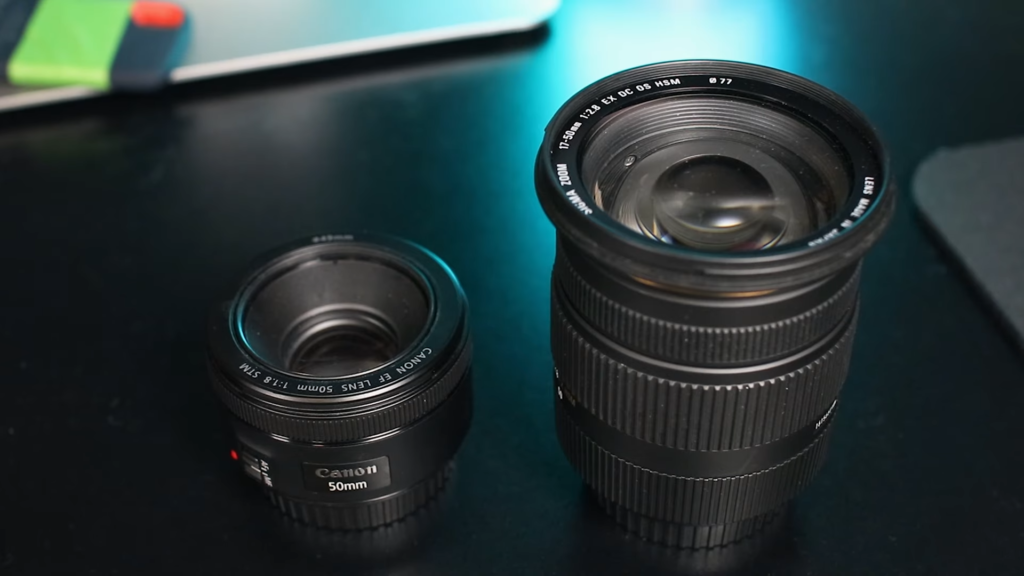
Professional photographers often rely on specialized post-processing software to make more intricate edits and enhance the overall visual appeal of their photos. These tools provide a wealth of possibilities, allowing photographers to refine every detail and create stunning images that captivate viewers.
While editing an image, it is crucial to uphold digital editing ethics to preserve the integrity of the photograph. It is essential never to misrepresent a photo or manipulate it in a way that alters its original meaning. Not only does this stand against ethical principles, but it can also have legal ramifications. By adhering to these ethical guidelines, photographers can ensure the authenticity and trustworthiness of their work, maintaining the integrity of the art form and their professional reputation.
What Are the Benefits of Edited Photos?
Editing photos can offer several benefits, both aesthetically and professionally. Editing allows you to enhance certain elements in an image, like brightening or sharpening colors and making minor adjustments to exposure levels. Additionally, editing can be useful for removing any unwanted elements from the photo or adding interesting effects like blurring out the background to emphasize a subject.
Getting creative with editing can also be an excellent way to make your photography stand out. Experimenting with different color palettes or effects can help you create unique visuals that stimulate the viewer’s imagination and give life to powerful stories. Ultimately, editing allows photographers to craft images that are not only captivating but also convey a deeper meaning.
Finally, editing can be used as an effective marketing tool to draw the attention of potential clients and collaborators. By presenting their work in its best light, photographers can ensure that it stands out from the competition and increases their chances of getting noticed [1].
How Long Does It Take For A Photographer To Edit Photos?
Color And Exposure Adjustments
For the most part, a photographer will spend the majority of their time meticulously adjusting colors and exposure settings to bring out the true essence of their captured moments. This involves utilizing a wide range of precise sliders to finely tune the brightness, contrast, highlights, shadows, saturation, vibrance, and various other color settings. By skillfully combining these powerful tools, photographers can craft their images with meticulous precision, achieving the exact desired look they envision. This meticulous process typically takes an average of 10-15 minutes per image, ensuring that every detail is perfected and every hue is harmoniously balanced.

Noise Reduction
A noise-reduction or grain-reduction technique is essential for any professional photographer to use in post-production. The process involves using powerful noise reduction filters, like those found in Adobe Lightroom, to reduce noise from digital camera sensors while preserving the detail of the overall image. This ensures that every photograph has a clean and vivid look, without any unwanted artifacts or graininess. On average, noise reduction can take anywhere from 5-10 minutes per photograph depending on the amount of noise present.
Sharpening
The last step in post-production is sharpening the image. This involves using a sophisticated set of filters and algorithms to enhance the overall clarity and crispness of an image. These filters are designed to detect details such as edges and lines, and using precise sliders the photographer can adjust the sharpness of the image without any distortion or artifacts. Sharpening usually takes 5-10 minutes per photograph.
Skin Retouching
Many skilled photographers also dedicate extra time to meticulously retouch skin tones, pore size, and even wrinkles. This intricate process, known as airbrushing, involves utilizing a range of specialized tools to seamlessly enhance the complexion of any model or subject in the photograph. Depending on the intricacy and unique characteristics of each image, the art of airbrushing can require anywhere from 10 to 30 minutes per photograph, ensuring every detail is perfected to achieve the desired outcome.
Photo Manipulation
In addition to the previously mentioned techniques, photographers may choose to add a creative spin to their photographs by incorporating photo manipulation. This can involve a variety of tasks from adding special effects and filters to combining multiple images into one final masterpiece. Photo manipulation requires an even greater level of skill and attention to detail, taking anywhere from 20 minutes to several hours per image depending on the complexity of the desired outcome.
Batch Editing
Though the time spent on each photograph may take an average of 10-20 minutes, photographers can significantly reduce their editing time by utilizing batch editing features. Batch editing allows for multiple photographs to be seamlessly edited simultaneously, drastically reducing the amount of time spent on tasks such as color and exposure adjustments. This is especially beneficial when working with multiple images from one photo shoot, saving photographers the time and energy needed to edit each image individually [2].
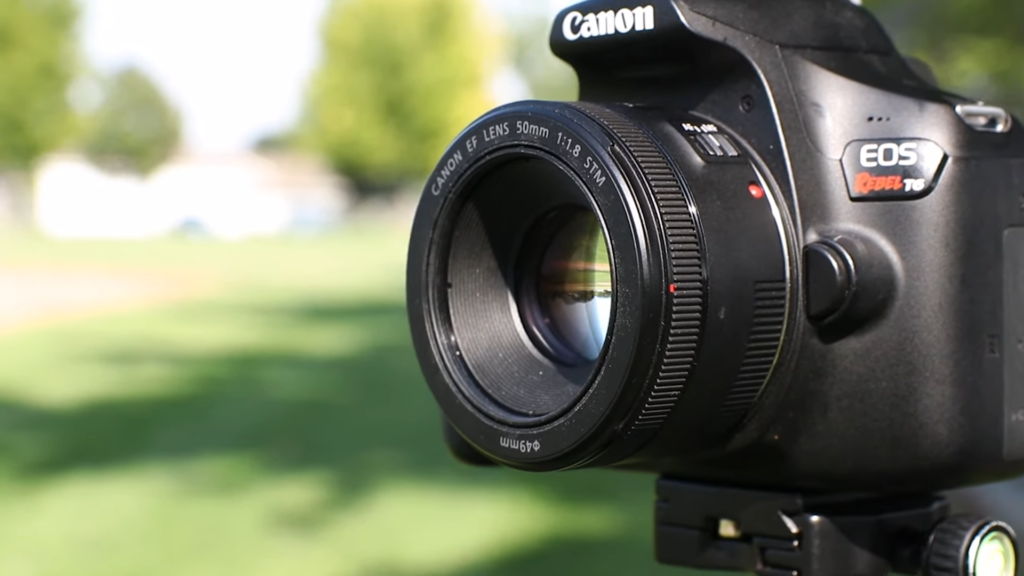
What Types Of Things Are Done During The Photo Editing Process?
Crop And Straightening
One of the most fundamental techniques in photo editing is cropping and straightening the image. Cropping not only enables you to eliminate unnecessary elements that do not contribute to the overall composition, but it also allows you to creatively reframe or “zoom in” on a specific part of the scene, emphasizing its significance. On the other hand, straightening ensures that all elements within the image are perfectly level, eliminating any distracting slants or skewed lines that may detract from its visual appeal. By delicately applying these techniques, you can enhance the visual impact of your photographs, bringing out their full potential.
Color Correction And Balance
Once you have a properly composed shot, it’s time to delve into the intricate process of color corrections and balance. This crucial step entails meticulously adjusting various elements such as brightness, contrast, saturation, and hue, ensuring they harmoniously blend to create a visually captivating image. Additionally, it involves meticulously fine-tuning the white balance to achieve a natural and lifelike representation. The art of mastering these adjustments can truly have a profound impact on the overall look and feel of an image, elevating it to new heights of visual excellence.
White Balance Adjustment
Having an accurate white balance is of utmost importance for a well-exposed image. White Balance Adjustment is the meticulous process of ensuring that white objects in your photo are precisely represented as pure white, unaffected by any external color influences. By meticulously fine-tuning the white balance, you can eliminate any color casts and ensure that the true colors of your subject are faithfully captured, resulting in a visually stunning and true-to-life photograph.
Contrast Or Tone Curve Adjustment
Contrast or Tone Curve Adjustment is the process of enhancing an image’s visual depth by adjusting its tonal range. This involves carefully manipulating the tones from bright to dark, creating a more dynamic and engaging photo with greater dimensionality. By delicately increasing or decreasing the shape of the curve, you can make subtle yet significant alterations that can have a dramatic impact on the overall look of your photograph.
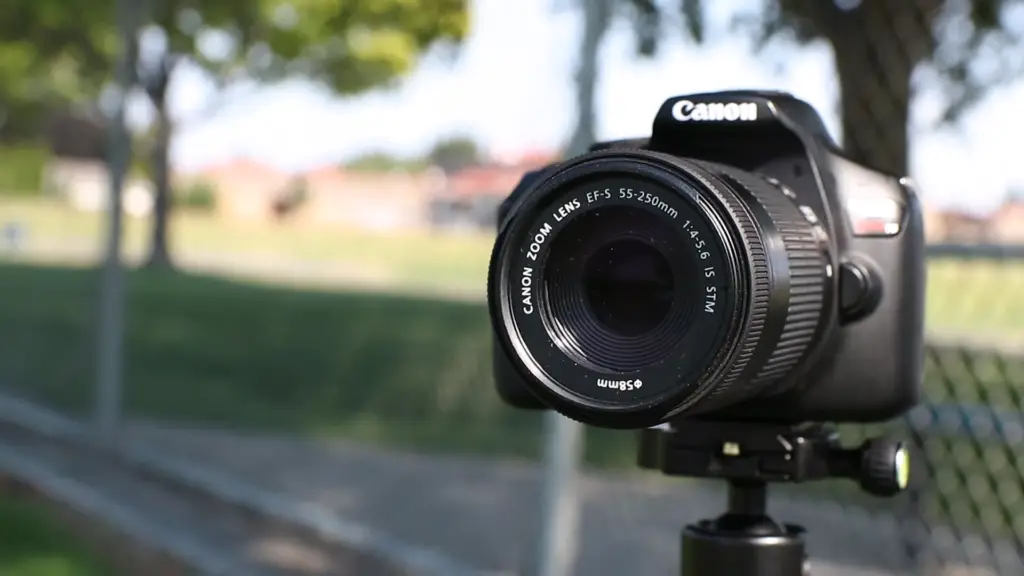
HSL (Hue, Saturation, Luminance) Adjustment
HSL Adjustment allows for a much more granular approach to color correction compared to the White Balance Adjustment. This technique involves individually manipulating each of the three components: Hue (the actual color); Saturation (the intensity of the color); and Luminance (the brightness of the color). By making slight adjustments to these three elements, you can achieve an unprecedented level of accuracy and control, allowing you to create an image with a truly unique visual character.
Sharpening And Noise Reduction
Most cameras will produce images with some degree of softness or noise. Sharpening and Noise Reduction techniques can help to restore the crisp clarity and detail of a photograph, creating an overall more polished look. To do this, you need to apply various sharpening filters that selectively enhance certain details without causing any visible artifacts, as well as carefully reduce any grainy texture or speckles that may have been introduced by digital noise [3].
What Software Do Professional Photographers Use To Edit Photos?
Adobe Lightroom
Adobe Lightroom, acclaimed as one of the most popular photo editing software in the industry, is widely embraced by professional photographers worldwide. Renowned for its versatility, Lightroom offers an extensive array of features that empower photographers to manipulate and enhance their digital images with precision.
From advanced tools for color correction, noise reduction, and tone mapping, to lens corrections, spot removal, and cloning capabilities, Lightroom caters to the diverse needs of photographers striving for perfection. Additionally, Lightroom boasts robust organizational tools, including keyword tagging and image metadata management, ensuring seamless organization and effortless retrieval of your precious moments captured through the lens.
Adobe Photoshop
Adobe Photoshop is an incredibly powerful and versatile image editing program, widely adopted by photographers for its ability to create stunning and visually captivating images that truly stand out in their portfolios. With its intuitive user interface and an extensive range of features such as layers, masks, brushes, gradients, and filters, professional photographers have the freedom to unleash their creativity and transform any ordinary photograph into something extraordinary.
Moreover, Adobe Photoshop also offers advanced 3D capabilities, allowing users to seamlessly integrate lifelike three-dimensional elements into their images, adding depth and dimension to their artistic creations. Whether it’s retouching, compositing, or unleashing your imagination, Adobe Photoshop provides the tools and features to bring your vision to life with unparalleled precision and finesse.
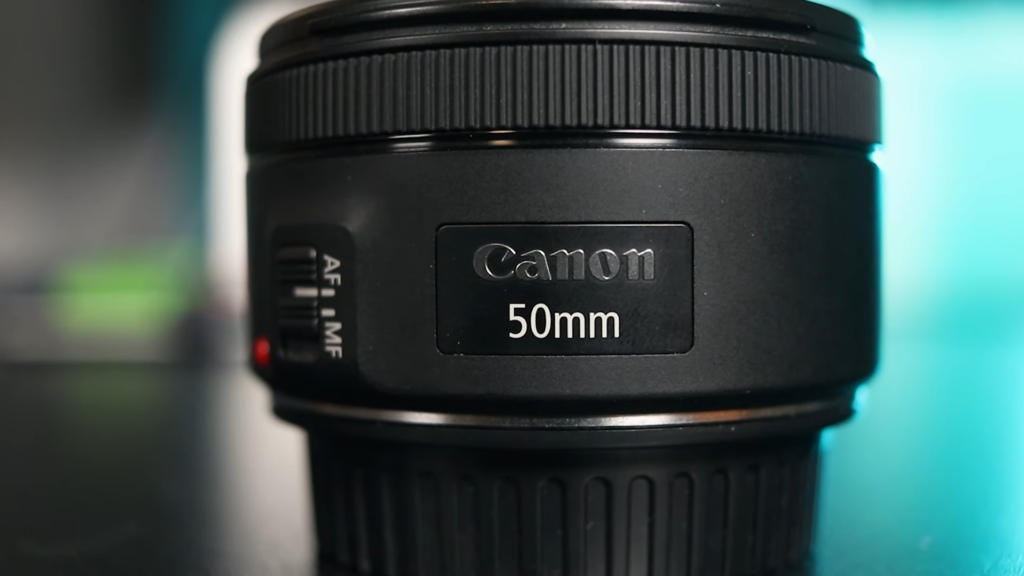
Capture One Pro
Capture One Pro is an exceptional image editing software that is highly favored by professional photographers for its remarkable RAW processing capabilities. With its extensive range of tools and features, this software empowers photographers to effortlessly manipulate and enhance their digital images.
From precise color grading and exposure control to seamless white balance adjustment and dust and scratch removal, Capture One Pro offers a comprehensive set of editing tools. Additionally, photographers can benefit from lens correction, spot healing, and clone tools to ensure their images are flawless. Moreover, the software boasts convenient workflow features, including tethered shooting and support for multiple monitors, allowing photographers to streamline their editing process and achieve optimal efficiency.
Corel Aftershot Pro
Corel AfterShot Pro is a highly acclaimed non-destructive photo editing software that is widely utilized by professional photographers. It offers an extensive array of powerful tools and features designed to quickly retouch and enhance images. With its advanced noise reduction capabilities, precise color correction options, and effective sharpening tools, photographers can achieve stunning results with ease.
Additionally, AfterShot Pro provides advanced features like batch processing, timeline-based editing, and HDR photo merging, allowing photographers to streamline their workflow and unleash their creativity. Whether you are a seasoned professional or an aspiring photographer, Corel AfterShot Pro is the ultimate solution for achieving professional-grade photo editing and enhancement.
Skylum Luminar
Skylum Luminar is a highly acclaimed and feature-rich photo editing software that has become the go-to choice for professional photographers worldwide. With its powerful and intuitive user interface, photographers can effortlessly enhance their photos with a wide range of tools and features. From precise color correction and noise reduction to advanced lens correction and sharpening, Skylum Luminar provides photographers with the tools they need to achieve stunning results.
But that’s not all. Skylum Luminar goes beyond traditional editing software by incorporating cutting-edge AI-powered tools. With portrait enhancement, photographers can effortlessly refine their subjects’ features, and smooth skin tones, and bring out their natural beauty. And with sky replacement, photographers can transform the atmosphere of their images by swapping out dull or overcast skies for vibrant and captivating ones.

FAQ
Do photographers also edit photos?
Yes, photographers are responsible for editing images after they have been taken. They use a variety of techniques to enhance the colors in an image, remove unwanted objects, and retouch the background or foreground. Editing also includes cropping photos for a specific effect or composition as well as correcting any exposure errors that might have occurred while taking the photo. Photographers may also apply filters or special effects to create a unique look for their photos. A skilled editor can make even the most mundane image look extraordinary!
How long does it take to edit a photo?
The amount of time it takes to edit a photo depends on the complexity of the image and the techniques used. Simple edits like adjusting colors, cropping, and adding filters may only take a few minutes while more detailed edits like retouching skin, changing the background, and blending multiple images could take hours. Some photographers prefer to spend more time on edits to achieve an exceptional result while others may have a quick turnaround time for their work.
What software do most photographers use for photo editing?
Most photographers use either Adobe Photoshop or Lightroom for their photo editing needs. These powerful programs allow users to make a wide variety of adjustments and tweaks to bring out the best in an image. Other popular software used by photographers includes Capture One, ON1 Photo RAW, Luminar, and ACDSee. Each program has its own unique features that appeal to different types of photographers so it’s important to try out a few different programs before settling on one.
Is editing necessary in photography?
Editing is an essential part of the photography process and can take a good photo to the next level. It allows photographers to make subtle adjustments that enhance the overall look and feel of an image without detracting from its natural beauty. Even if you’re taking photos in perfect lighting conditions, editing can still help bring out certain details or create a more dynamic composition. Ultimately, the decision to edit or not is up to the photographer but it’s recommended that some level of editing be done for photos to look their best.
What are some common mistakes made while editing?
The most common mistake made while editing is overdoing it. It can be tempting to tweak every little detail but this often leads to an unnatural-looking result. Other mistakes include changing the colors too drastically, adding too many filters or effects, and cropping carelessly. It is important to take your time with editing and make small adjustments that enhance the photo without compromising its overall aesthetic.
What tips can help improve my editing skills?
Developing good editing habits will go a long way toward helping you improve your skills. Start by researching and familiarizing yourself with the different tools available in your editing software. Take advantage of tutorials and practice sessions to get comfortable with the nuances of each tool. Additionally, it can be helpful to look at other photographers’ work for inspiration on how they have edited their images. Finally, always keep an eye out for areas where you can make small improvements to your work. With practice, patience, and a good eye, your editing skills will quickly improve!
Do photographers retouch their own photos?
Many photographers choose to do their own retouching, especially for smaller projects that don’t require a lot of time or complex editing techniques. Retouching can be tedious and time-consuming but it is an important part of the editing process and allows photographers to make subtle adjustments to an image. Some photographers also prefer to outsource their retouching to professionals who specialize in this field. Regardless of who does the retouching, it’s important to make sure that all adjustments are done with the utmost care and precision.
What is color grading in photography?
Color grading is an editing technique used to adjust the overall look and feel of a photo by changing its hue, saturation, contrast, and other color properties. Color grading can help make an image look more vibrant and dramatic or create a vintage, washed-out effect. It is an important tool for fine-tuning a photo’s visual style and adding an extra layer of polish to the final product.
What are some tips for editing black-and-white photos?
Editing black-and-white photos can be a great way to achieve more dynamic results. Start by adjusting the contrast and brightness of the image to bring out details in the shadows and highlights. You can also use other effects such as toning, vignetting, and grain to further enhance the look of your photo. Lastly, experiment with different filters to create unique texture and depth for a truly stunning black-and-white photo.
Useful Video: Best Camera, Lenses & Photo Editing For Beginner Photography
Conclusion
Editing photos is an essential part of photography, and can have a huge impact on the quality of your images. It takes time to master the art of photo editing, but it’s well worth it when you see the stunning results it can deliver. Whether you prefer manual or automated processes, there are plenty of powerful tools available to help you create amazing photos. No matter what your level of experience, getting to grips with photo editing is an exciting and rewarding journey that will open up a world of possibilities. Don’t be afraid to experiment and try out different techniques – the only way you’ll truly learn is by doing! Keep practicing and refining your skills, and soon enough you’ll be producing stunning photos with beautiful edits every time.
References
- https://bluestrawberry.app/the-benefits-of-image-editing/
- https://skylum.com/uk/blog/how-long-do-photographers-take-to-edit-photos
- https://www.rei.com/learn/expert-advice/photo-editing-basics.html
- https://enviragallery.com/best-photo-editing-software-for-photographers/





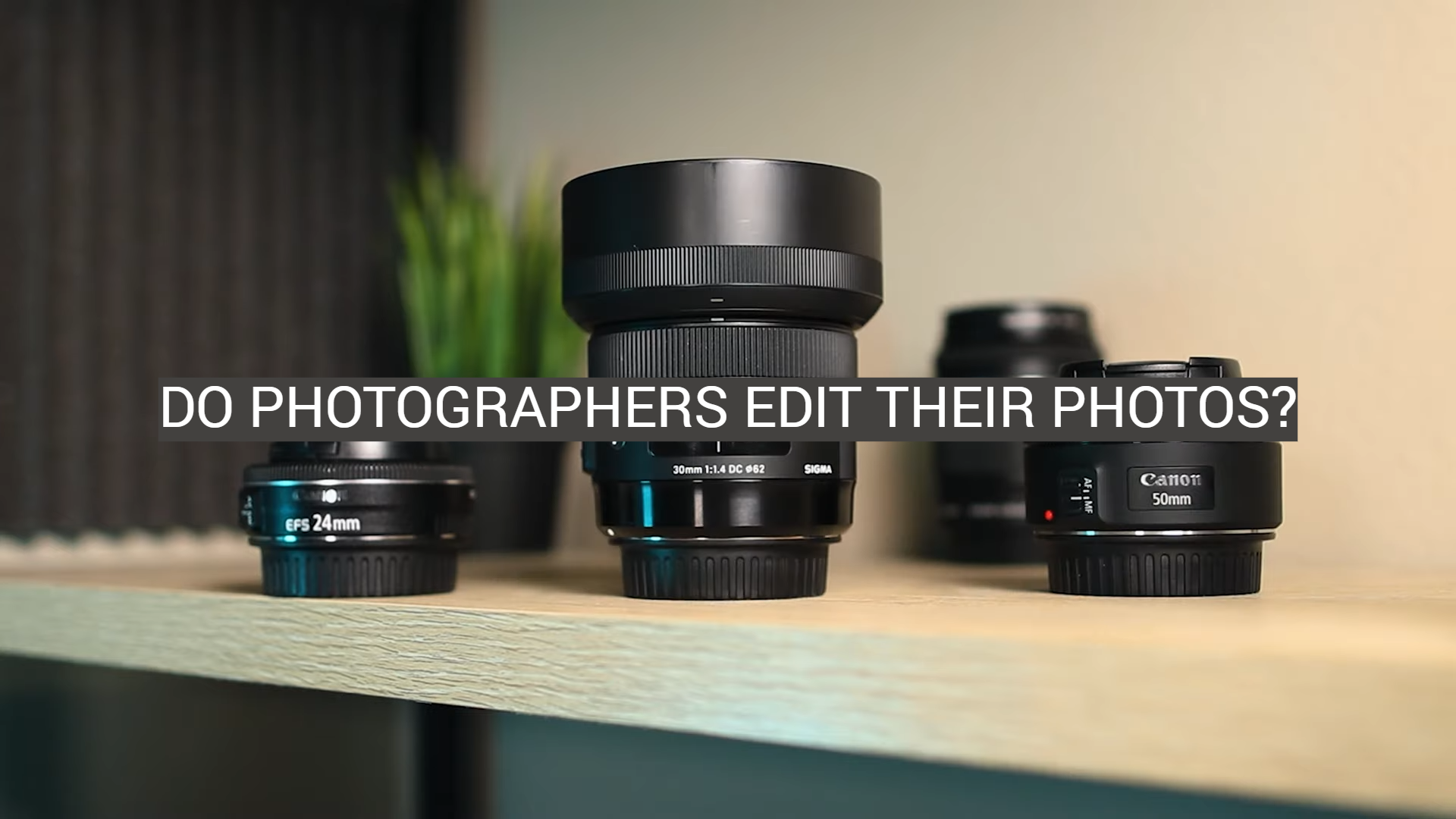
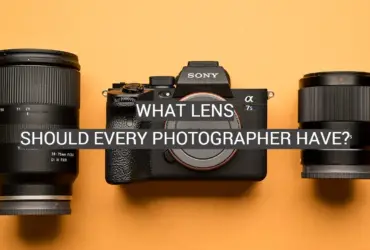



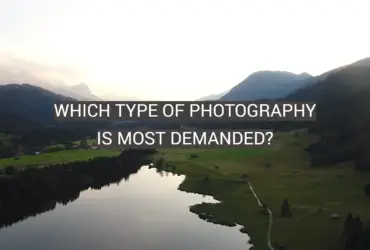
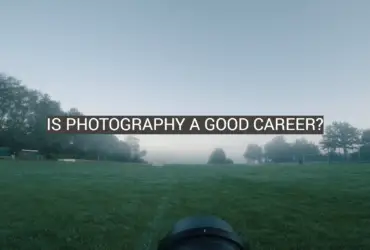
Leave a Reply